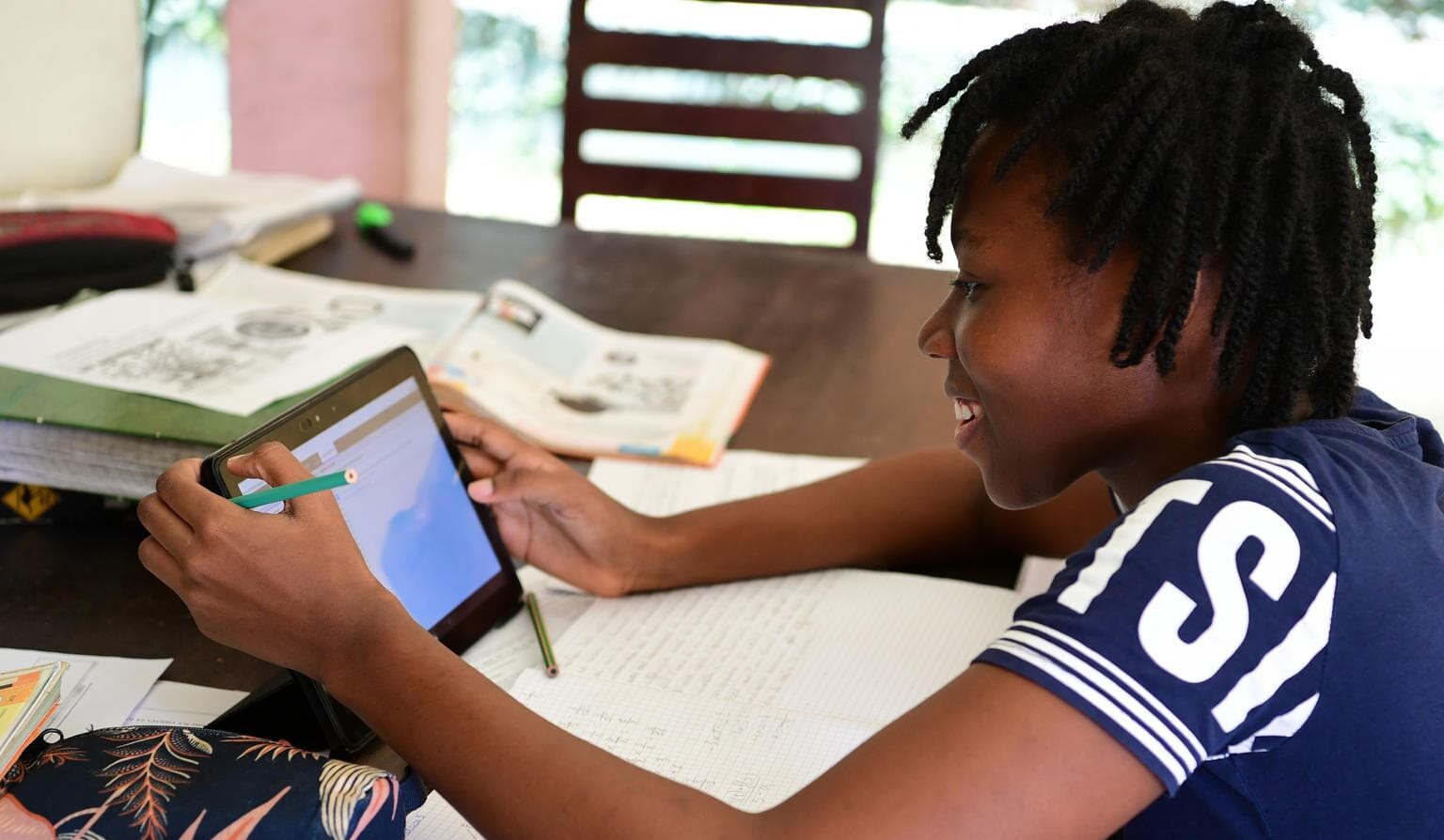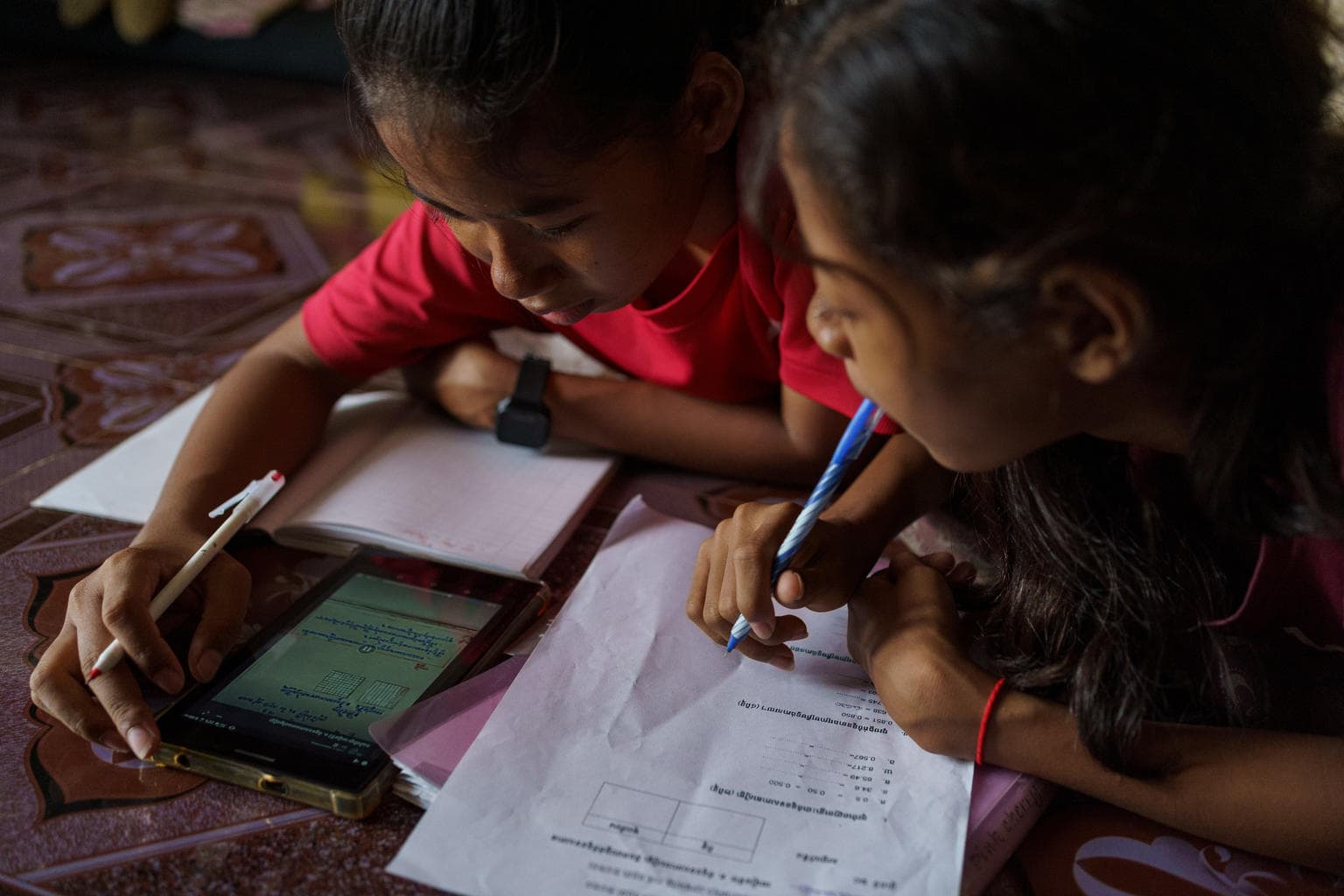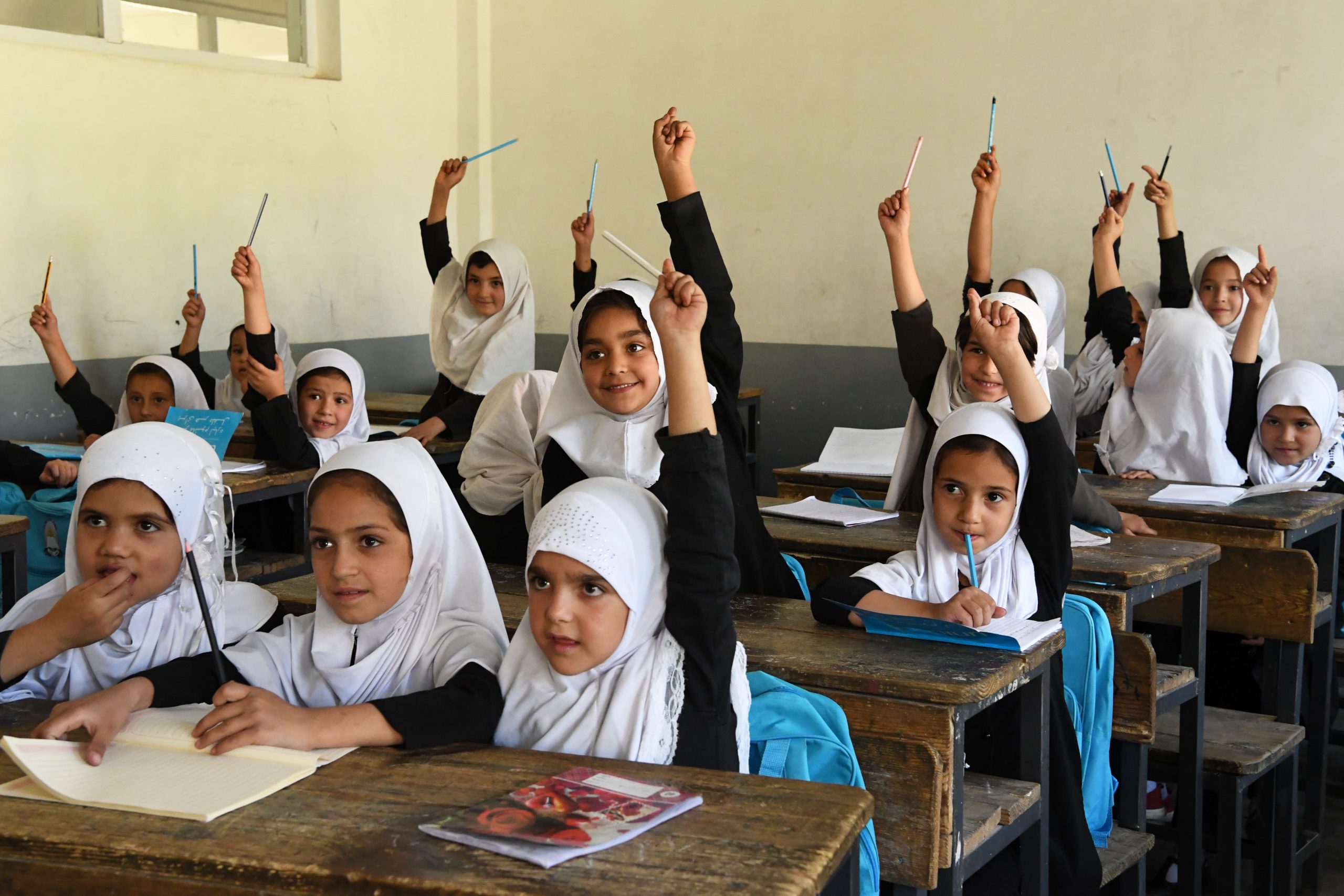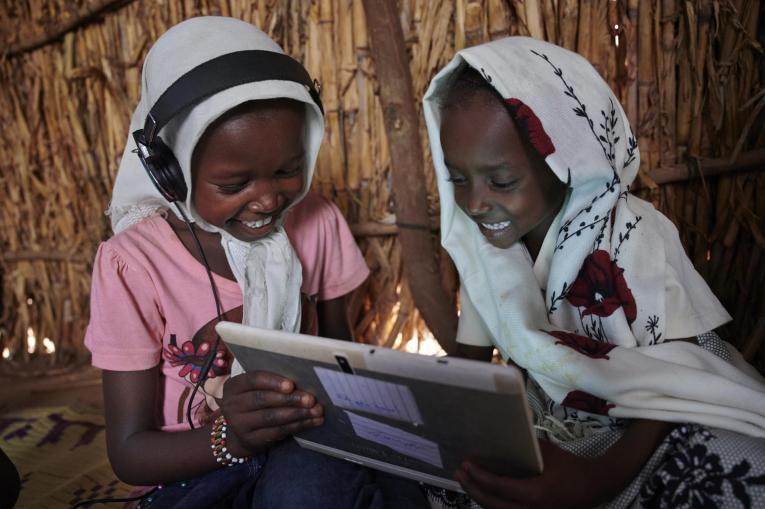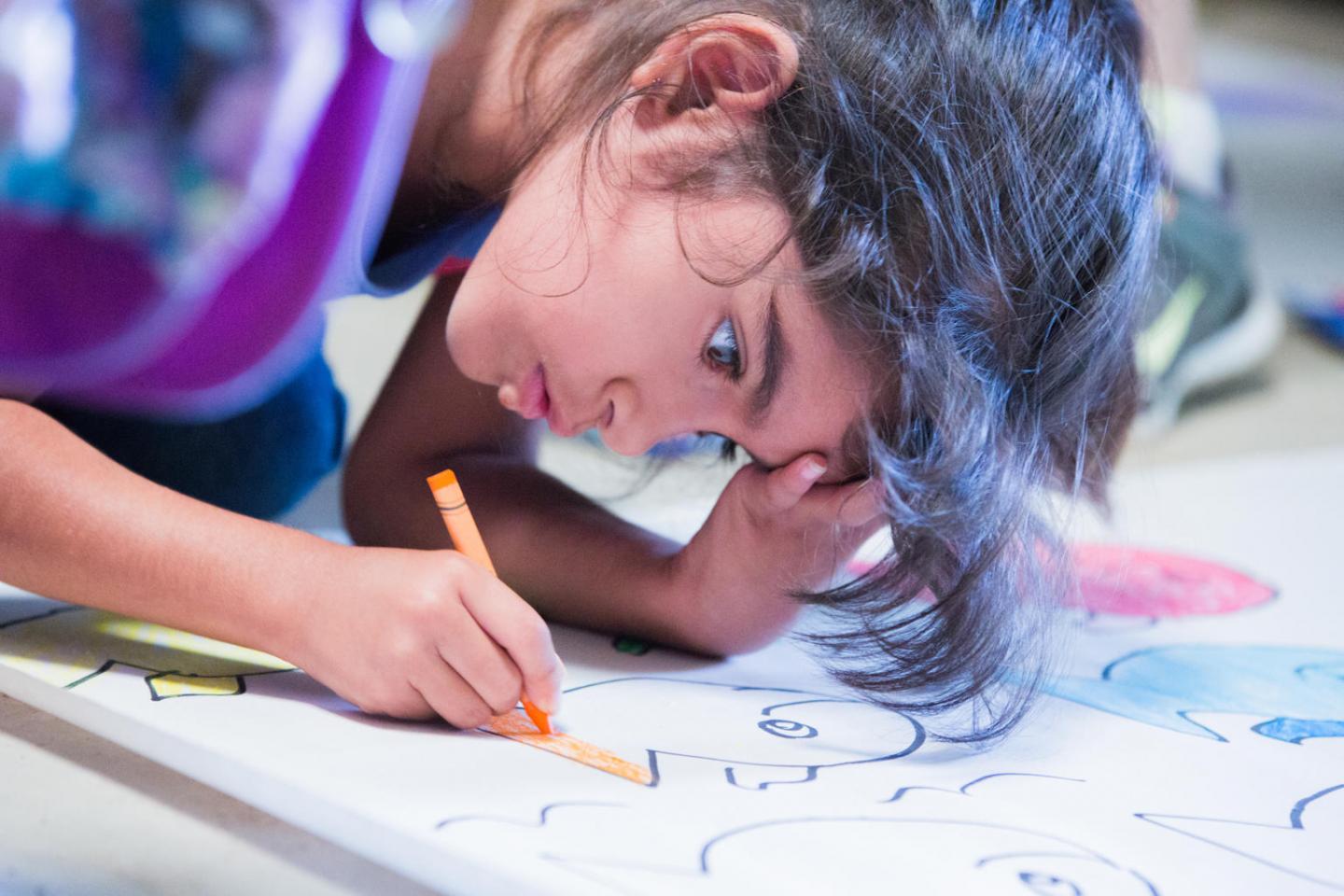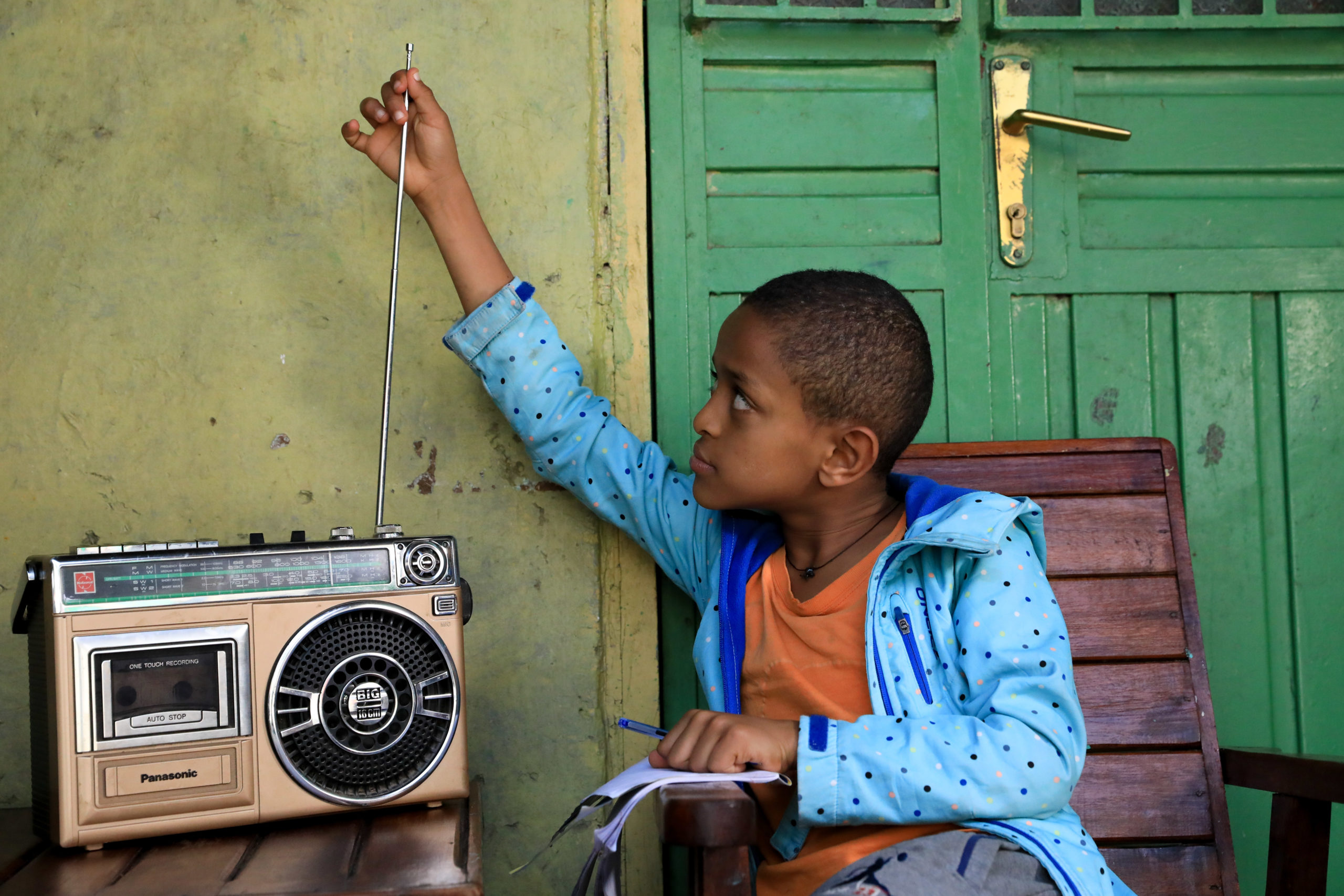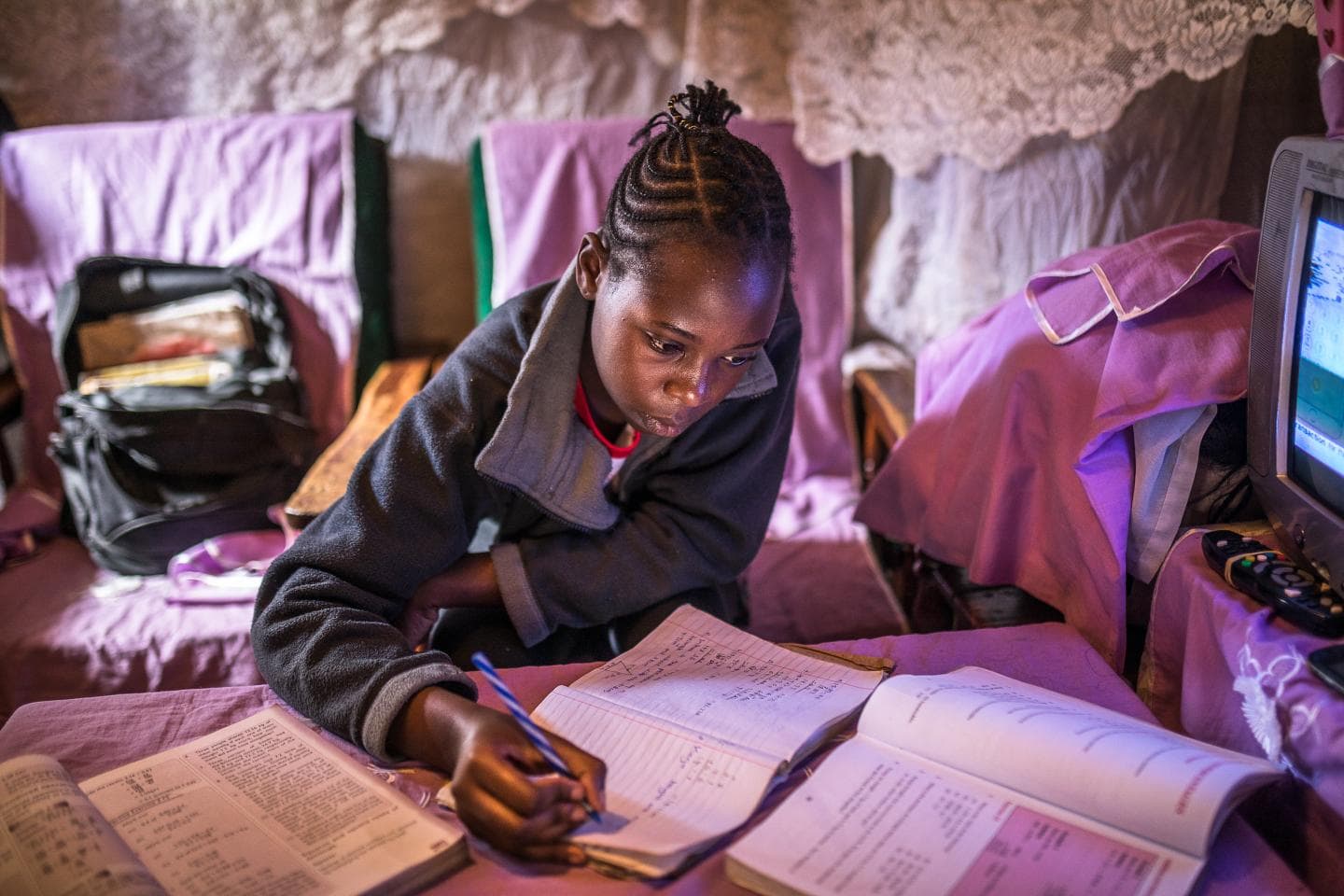Remote learning and digital connectivity
Digital connectivity plays an increasingly vital role in our everyday lives and has fundamentally changed the way people exchange and acquire information. The COVID-19 pandemic further highlights that well-established digital networks and supportive remote learning policies provide flexibility and resilience to the education system. However, the pandemic also brought attention to the digital divide – the gap between those who have computers and online access and those who do not – and its resulting impact on equity. Data from Multiple Indicator Cluster Surveys (MICS) and over 30 other household surveys show that children and young people from rural areas and poorer families are less likely to have internet access at home.
Many children and young people do not have internet access at home
A UNICEF report on internet access among children and young people aged 25 years or younger shows that globally, around 2.2 billion, or two thirds of children and young people worldwide, do not have internet access at home, with substantial inequalities observed by socioeconomic backgrounds. While globally, roughly 60 per cent of the children and young people from the richest quintile of their countries have internet access at home, less than 20 per cent of their peers from the poorest wealth quintile do. Similar disparities also exist by place of residence. Over 40 per cent of the children and young people living in urban areas are connected at home, as compared to 25 per cent of their peers living in rural areas. Even more worrisome, a further disaggregation by a country’s income level reveals that in low-income countries, internet access at home is nearly nonexistent for children and young people in rural areas or from the bottom wealth quintile.
For many children around the world, remote learning is out of reach, mainly due to the lack of access to household assets and supportive policies
Since the outbreak of the COVID-19 global pandemic, millions of students’ educations have been disrupted. In response to school closures, nearly all ministries of education adopted some form of remote learning policy to ensure the continuity of learning. However, UNICEF data on the potential reach of remote learning policies find that 31 per cent of school-age children cannot be reached by remote learning policies, mainly due to the lack of access to radio, television, or the internet as well as a lack of supportive remote learning policies.
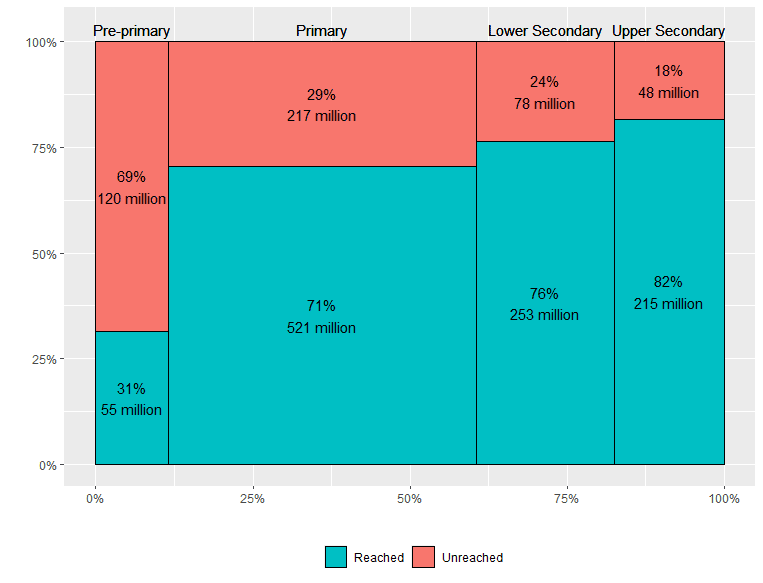
Although the effectiveness of different remote learning modalities is far from conclusive, it’s clear that online learning emulates in-person instruction the most and is therefore preferred by many people. However, strong regional disparities introduce additional equity issues and can exacerbate the existing learning crisis. Evidence suggests that globally, only one in three school–age children have internet access at home. The share of school-age children with access to the internet at home drops to 5 per cent in West and Central Africa, which is 25 percentage points lower than the global average.
Regional disparities in the number of school-age children without internet access at home are striking. Globally, 1.3 billion school–age children lack an internet connection at home. 450 million of them, or 35 per cent worldwide, live in South Asia. The bubble chart below combines the information on percentage and headcount of children without internet access at home by region. The higher the size of the bubble, the higher the share of children without internet; the larger the size of the bubble, the larger the headcount of children without internet.
Digital connectivity at school is vital for quality education, but the progress of increasing internet coverage at school is not fast enough
As the world steadily moves toward reopening schools, it is crucial to ensure that students have internet access at school (Sustainable Development Goal 4.a.1). Data show that globally, around 60 per cent of the upper secondary schools are connected to the internet. The numbers drop to less than 50 per cent at the lower secondary level and to 40 per cent at the primary level. In addition to the difference by education level, strong regional disparities exist, as only 10 per cent of primary schools in South Asia have access to the internet. Notably, the progress of increasing the share of schools with internet access has been relatively stagnant, especially for lower secondary schools and primary schools.
Digital connectivity
Resources
